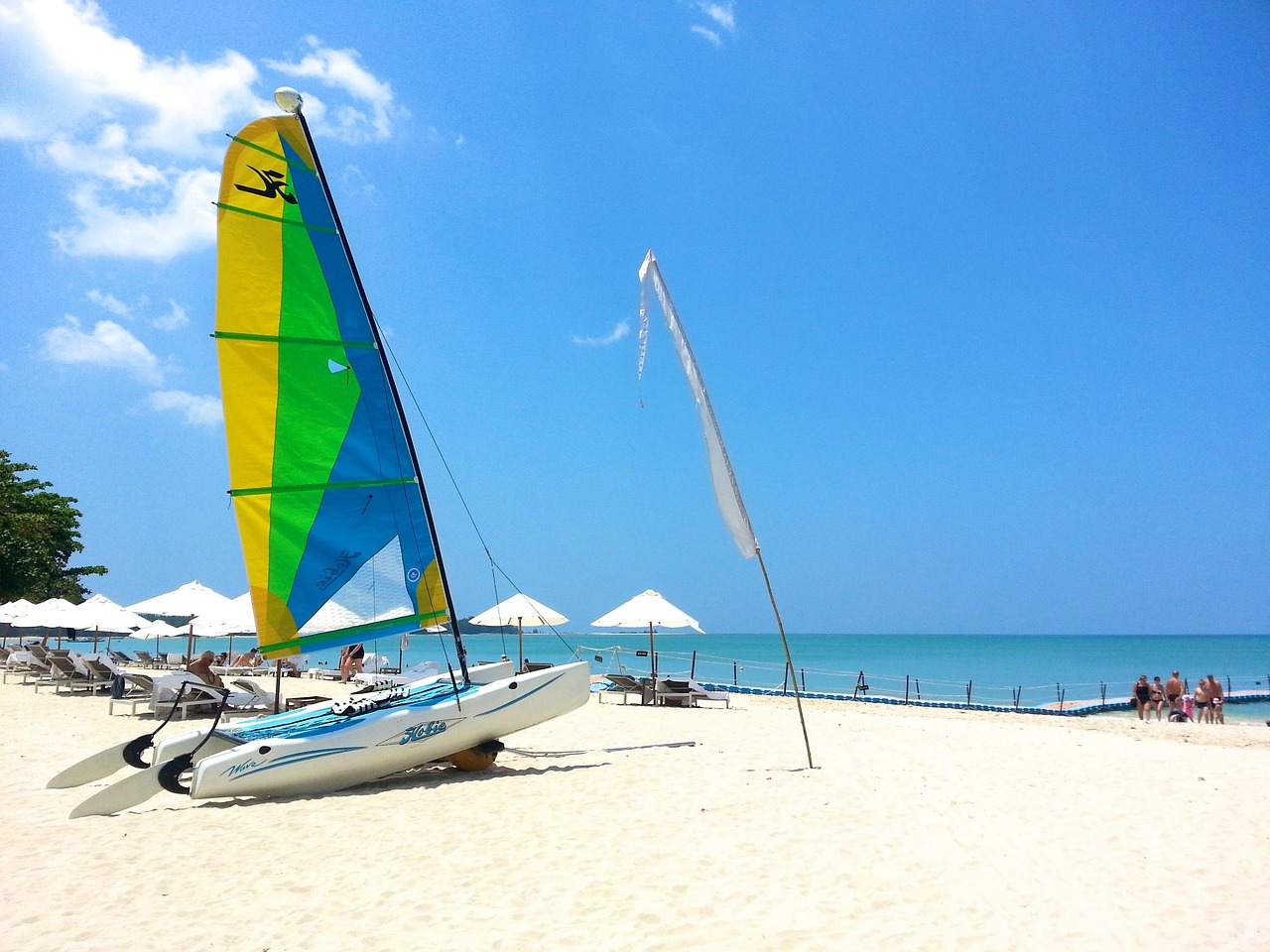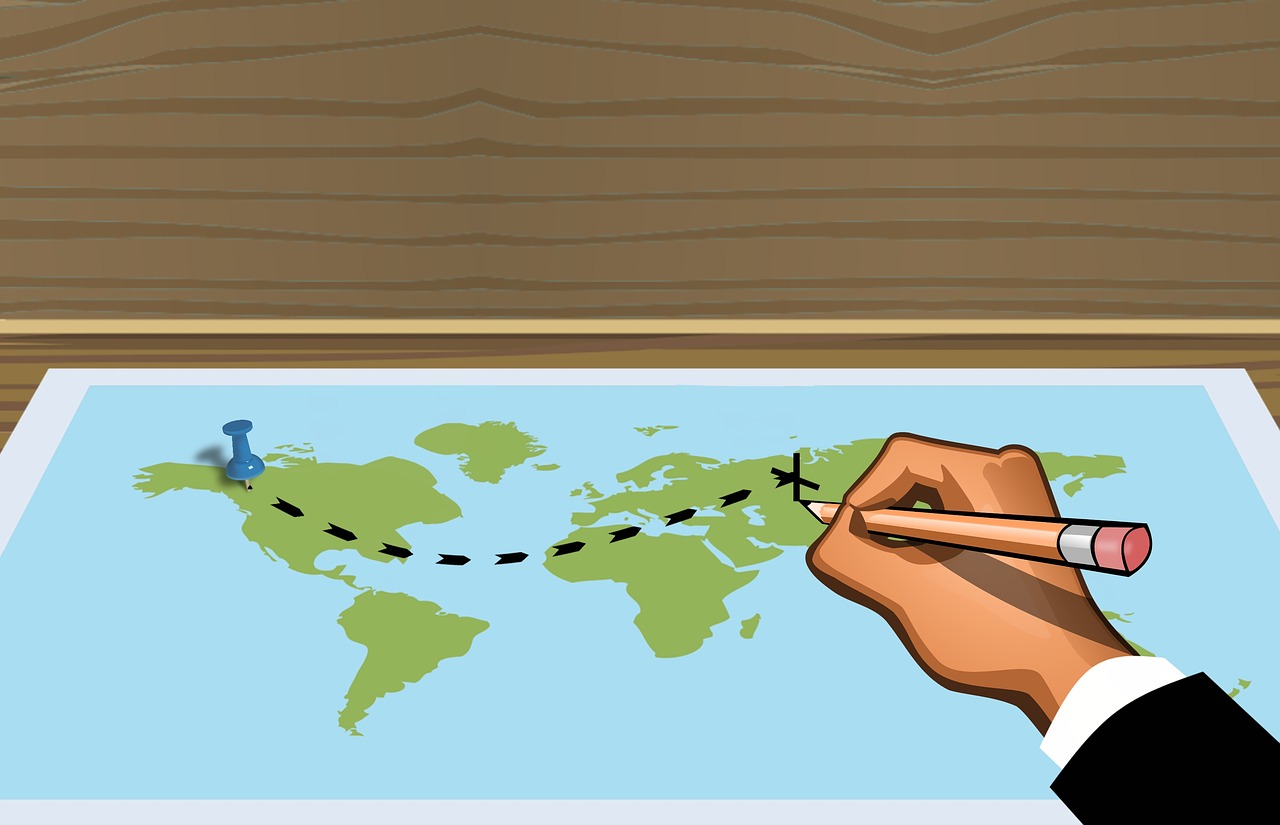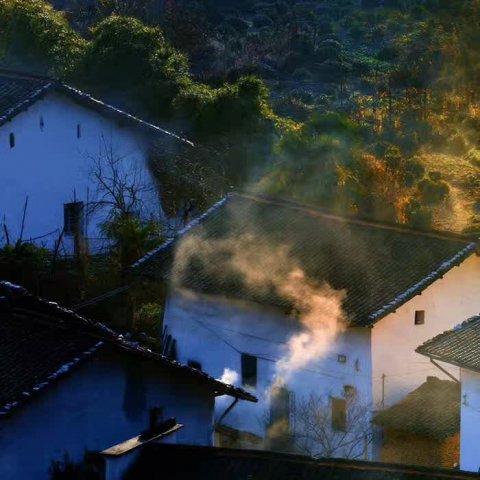去西藏旅游英语作文怎么写
Exploring the Mystical Beauty of Tibet: A Journey to the Roof of the World
Traveling to Tibet is an unparalleled experience, a journey into the heart of spirituality, adventure, and breathtaking natural beauty. From the towering peaks of the Himalayas to the serene waters of sacred lakes, Tibet offers a landscape unlike any other on Earth. Here, I will guide you through the essence of traveling to Tibet, offering insights into its culture, attractions, and practical tips for an unforgettable journey.
Introduction to Tibet:
Tibet, often referred to as the "Roof of the World," is an autonomous region of China known for its rich cultural heritage, stunning landscapes, and deeply spiritual atmosphere. Situated on the Tibetan Plateau, it is the highest region on Earth, with an average elevation exceeding 4,500 meters (14,800 feet). Despite its remote location and harsh climate, Tibet has long captivated the imagination of travelers with its mystical allure and profound spirituality.
Cultural Highlights:
One of the most captivating aspects of traveling to Tibet is immersing oneself in its unique culture, which is deeply influenced by Tibetan Buddhism. The region is dotted with monasteries, temples, and sacred sites, each offering a glimpse into Tibet's spiritual traditions and architectural splendor.
Potala Palace:

The iconic Potala Palace in Lhasa, once the winter residence of the Dalai Lama, stands as a symbol of Tibetan Buddhism and architectural grandeur. Perched atop Marpo Ri hill, this UNESCO World Heritage Site boasts over 1,000 rooms filled with precious artifacts, murals, and religious relics.
Jokhang Temple:
Located in the heart of Lhasa, the Jokhang Temple is considered the holiest site in Tibetan Buddhism. Pilgrims from all over the world flock to this sacred temple to pay homage to the Jowo Shakyamuni, a revered statue of Buddha.
Sera Monastery:
Famous for its lively debates among monks, Sera Monastery offers a glimpse into the intellectual traditions of Tibetan Buddhism. Visitors can witness monks engaging in spirited discussions on Buddhist philosophy and doctrine.
Natural Wonders:
Beyond its cultural treasures, Tibet is blessed with aweinspiring natural beauty, from majestic mountain ranges to pristine lakes and vast grasslands. Exploring these natural wonders is an essential part of any journey to Tibet.
Mount Everest:
Standing at 8,848 meters (29,029 feet), Mount Everest is the highest peak in the world and a bucketlist destination for adventurous travelers. While reaching the summit may be reserved for seasoned mountaineers, trekking to Everest Base Camp offers a chance to witness its majesty up close.
Namtso Lake:
Known as the "Heavenly Lake," Namtso is one of the most sacred lakes in Tibet, revered by pilgrims and travelers alike. Surrounded by snowcapped mountains and vast grasslands, its crystalline waters and tranquil beauty are truly enchanting.
Yamdrok Lake:
Famed for its stunning turquoise waters, Yamdrok Lake is another mustvisit destination in Tibet. Set against a backdrop of snowcapped peaks, the lake's mesmerizing beauty is a photographer's paradise.
Practical Tips for Traveling to Tibet:
Traveling to Tibet requires careful planning and preparation due to its high altitude and unique challenges. Here are some essential tips to ensure a safe and enjoyable journey:
1.
Acclimatize Properly:
Given Tibet's high altitude, it's crucial to acclimatize slowly to prevent altitude sickness. Spend a few days in Lhasa or other loweraltitude areas before venturing into higher regions.
2.
Pack Accordingly:
Be sure to pack warm clothing, especially if traveling during the winter months when temperatures can plummet. Sunscreen, sunglasses, and lip balm with SPF are also essential to protect against the strong UV rays at high altitudes.
3.
Respect Local Customs:
Tibetans hold their culture and religion in high regard, so it's important to respect local customs and traditions. Seek permission before taking photos in monasteries or sacred sites, and dress modestly when visiting religious sites.
4.
Stay Hydrated:
Drink plenty of water to stay hydrated, especially at high altitudes where the air is dry. Avoid alcohol and caffeine, as they can contribute to dehydration and exacerbate altitude sickness.
5.
Travel with a Guide:
Due to government restrictions, foreign travelers are required to travel with a registered tour guide in Tibet. A knowledgeable guide can provide valuable insights into Tibetan culture, history, and customs, enhancing your overall experience.
Conclusion:
Traveling to Tibet is a journey like no other, a pilgrimage to the roof of the world where ancient traditions meet aweinspiring natural beauty. Whether exploring sacred monasteries in Lhasa, trekking through the Himalayas, or gazing upon the pristine waters of Namtso Lake, Tibet offers a glimpse into a world steeped in spirituality and wonder. With careful planning and an open heart, a trip to Tibet promises to be an unforgettable adventure of a lifetime.
[End of Document]











